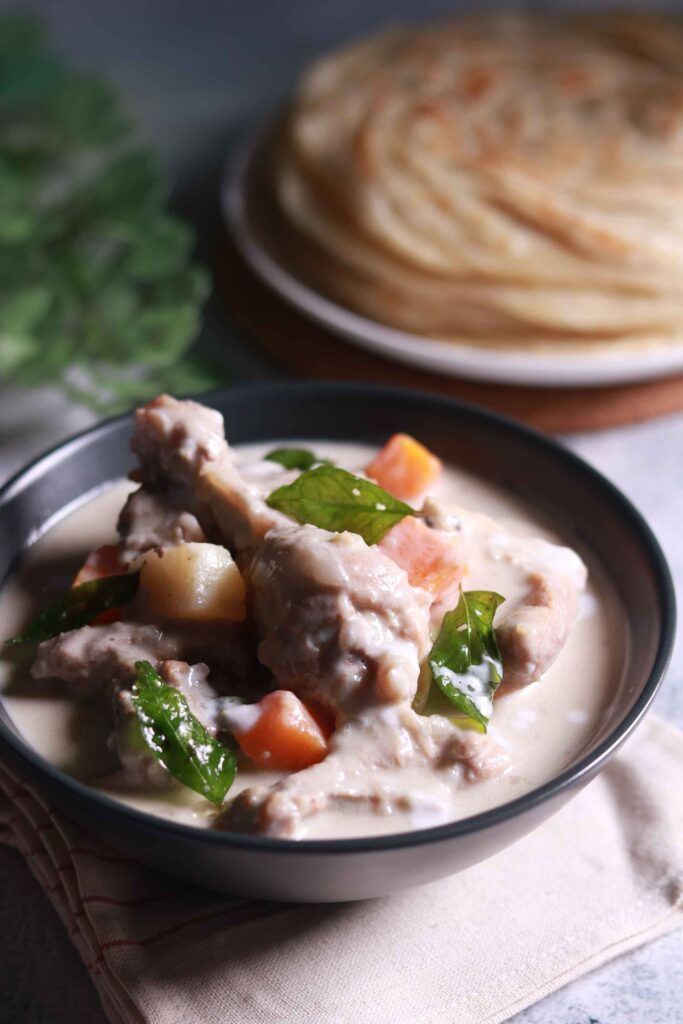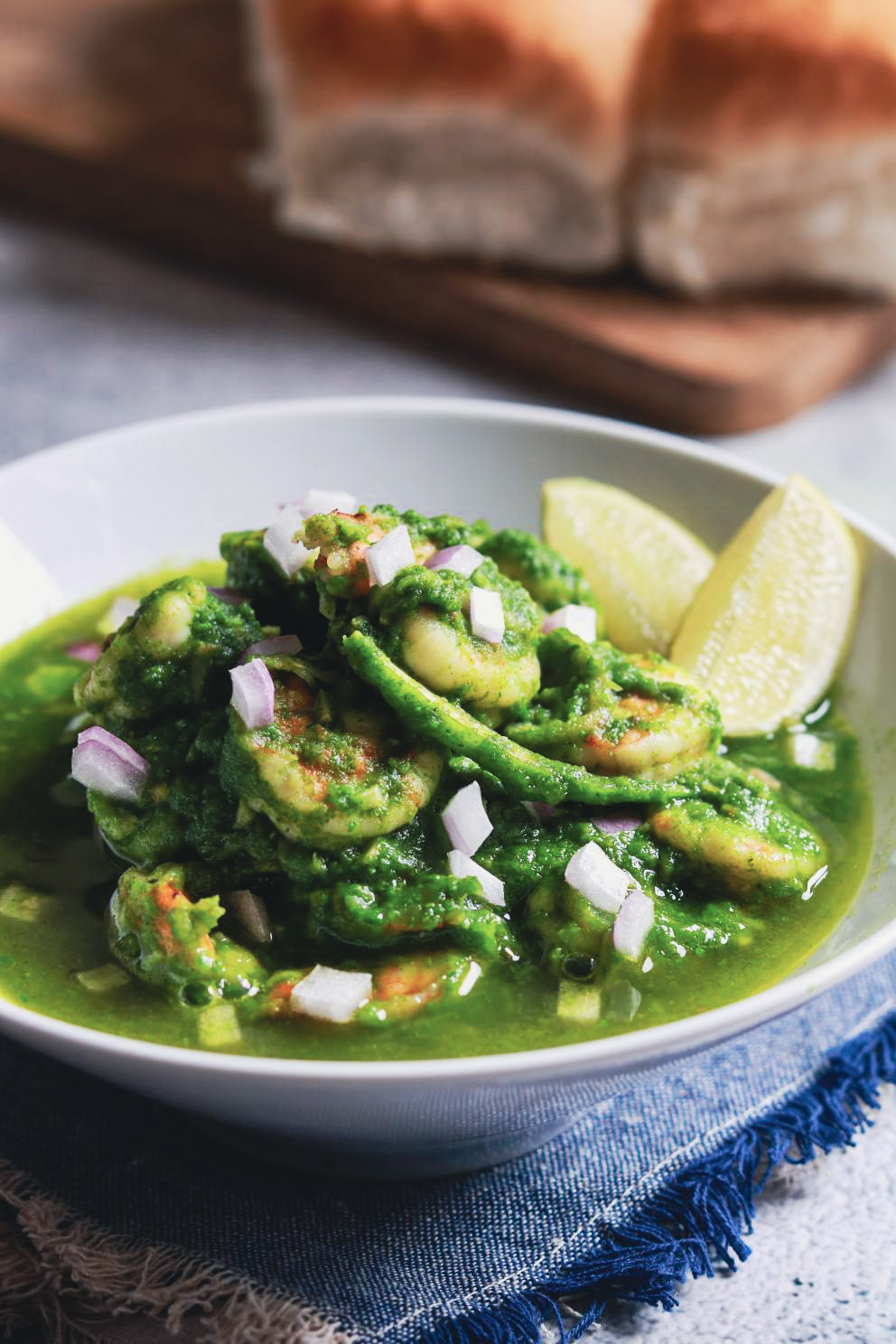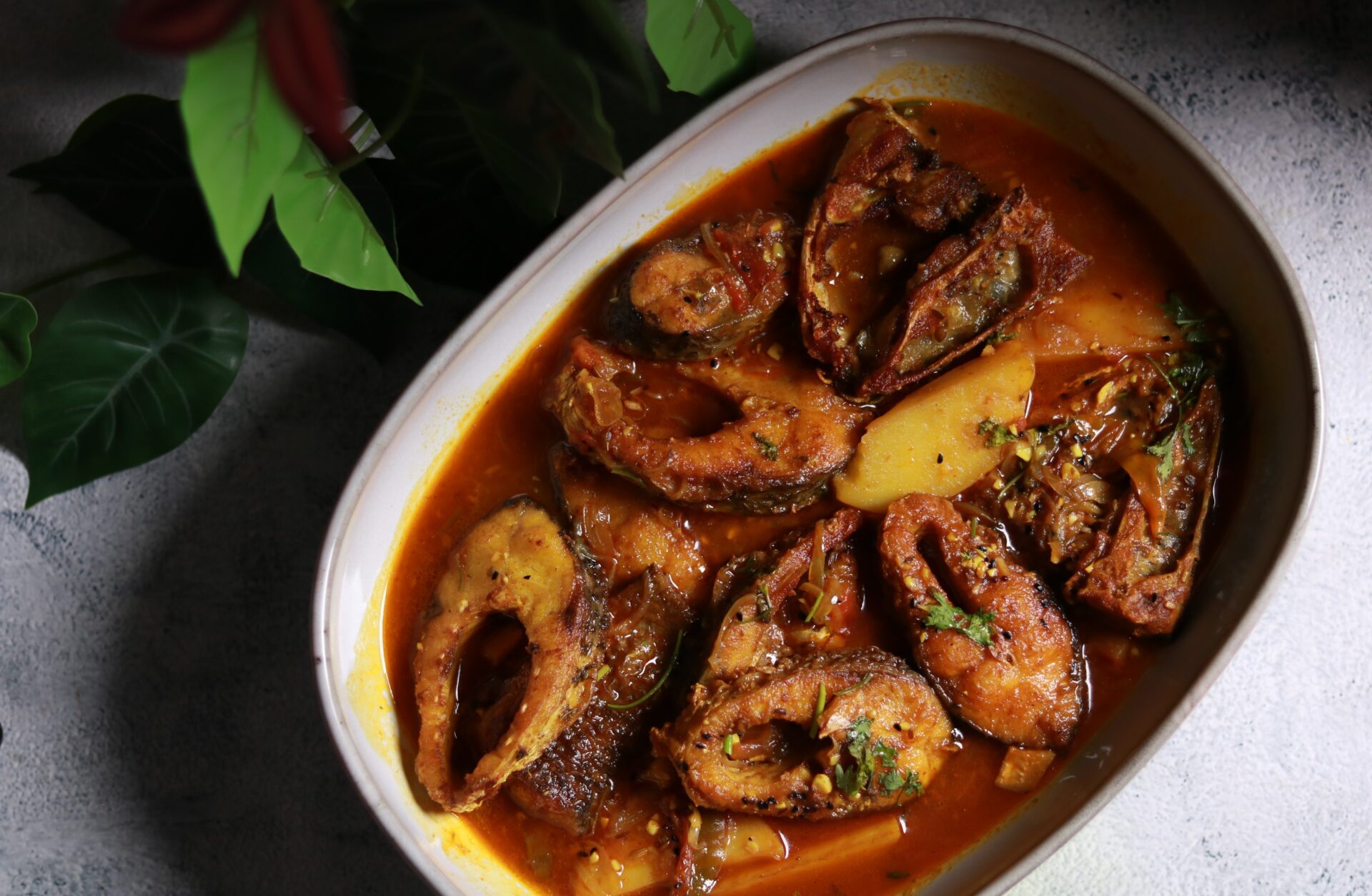Kerala Chicken Stew or Kozhi Ishtu is a traditional delicacy from the southwestern Indian state of Kerala. Known for its mild yet flavorful profile, this dish perfectly blends tender chicken, fresh vegetables, aromatic spices, and rich coconut milk. It is often served with appam or idiyappam, making it a staple in Kerala households during festive occasions or Sunday brunches.
Why Will you LOVE… This Recipe!

Kerala Chicken Stew is the epitome of comfort food. Its creamy coconut milk base, tender chicken, and aromatic spices create a symphony of flavors that are both mild and deeply satisfying. Whether paired with appam, rice, or bread, this dish is perfect for family dinners or special occasions. You’ll love how easy it is to prepare while delivering authentic South Indian taste!

Introduction
Kerala Chicken Stew, or Kozhi Ishtu, is a quintessential dish that embodies the Kerala’s culinary heritage. Known for its creamy coconut milk base and delicate spices, this stew has deep historical roots that trace back to Syrian Christian homes in Kerala. Over centuries, it evolved through influences from colonial rulers, spice traders, and local traditions, making it a dish that tells a story of adaptation and cultural fusion.
Origins of Kerala Chicken Stew
The origins of Kerala Chicken Stew lie in the kitchens of Syrian Christian families who migrated to Kerala centuries ago. These communities brought with them culinary techniques that blended seamlessly with local ingredients like coconut milk, curry leaves, and spices. The dish became a staple during festive occasions like Easter and Christmas, often paired with appam or idiyappam.
Interestingly, the term ishtu is derived from the English word “stew,” reflecting its colonial connections. Malayalee chefs adapted British-style stews by incorporating local spices and coconut milk, creating a unique dish that resonated with Kerala’s palate.
Kerala Chicken Stew: Photo Gallery








Influence of the Spice Trade
Kerala’s reputation as the “Land of Spices” played a pivotal role in shaping the flavors of chicken stew. The region was historically a hub for global spice trade, attracting Arabs, Portuguese, Dutch, and British traders. Spices like peppercorns, cinnamon, cardamom, and cloves became integral to local cuisine, including chicken stew.
The abundance of these spices allowed Syrian Christians to enhance their traditional recipes while maintaining a balance between mildness and richness. This fusion not only enriched the dish but also highlighted Kerala’s adaptive culinary identity.
Colonial Impact on the Recipe
During colonial rule, Malayalee chefs serving European officials adapted British stews to suit local tastes. They replaced ingredients like ghee or yogurt with coconut milk—an abundant resource in Kerala—and added spices for depth. This transformation resulted in Kozhi Ishtu, a dish that retained its European essence while embracing local flavors.
The colonial influence is also evident in the choice of vegetables like potatoes and carrots—ingredients introduced by Europeans—which became staples in chicken stew recipes.
Ingredients Reflecting History
The ingredients used in Kerala Chicken Stew tell stories of cultural exchange:
- Coconut Milk: A staple in Kerala due to its abundant coconut cultivation.
- Spices: Peppercorns, cinnamon, cloves, and cardamom highlight Kerala’s spice trade legacy.
- Vegetables: Potatoes and carrots were introduced by Europeans during colonial times.
These elements showcase how local resources blended with foreign influences to create a timeless recipe.
Variations Across Communities
While traditionally associated with Syrian Christian cuisine, variations of chicken stew exist across different communities:
- Vegetarian Ishtu: Popular among Hindus during festivals; made with seasonal vegetables instead of meat.
- Lamb or Chicken Ishtu: Preferred by no vegetarian eating households; adds richness to the dish.
These variations reflect how each community embraced the dish while adding their unique touch.
Frequently Asked Questions (FAQs)
What is the origin of Kerala Chicken Stew?
It originated in Syrian Christian homes in Kerala centuries ago as an adaptation of British stews.
Are there vegetarian versions of this stew?
Yes! Vegetarian ishtu made with seasonal vegetables is popular among Hindus during festivals.
What makes Kerala Chicken Stew unique?
The use of coconut cream combined with aromatic spices sets it apart from other stews.
Can I make this dish vegan?
Yes! Substitute chicken with mixed vegetables or tofu and use almond milk instead of coconut cream.
How spicy is this dish?
It has mild spice levels but can be adjusted by modifying the quantity of green chilies.
Can I prepare this stew ahead of time?
Absolutely! Prepare it up to two days in advance; just reheat before serving.
What sides go best with this stew?
Appam, Malabar parotta, dosa, or plain steamed rice are excellent choices.
Is there an alternative to cashew paste?
Almond paste works well as a substitute while offering a slightly different flavor profile.
For more recipes like this, visit www.bestrecipesofindia.com!
Ingredients
Chicken Stew
- 2 tbsp Coconut oil
- 2 no Cloves
- 3 no Green cardamom
- 1 inch Cinnamon stick
- 4 no Peppercorns
- 2 no Bay leaves
- 2 no Onion sliced medium size (about 100 gm)
- 1 tbsp Ginger chopped
- 2 springs Curry leaves
- 500 gm Chicken curry cut
- 1 tsp Salt
- 1 tsp Sugar
- 1 no Potato diced medium size (about 50 gm)
- 1 no Carrot diced medium size (about 50 gm)
- 4 no Green chilies ½ cut adjust to taste
- 1 ½ cups Water
- 1 Cup Coconut cream
Cashew Paste
- 15 no Cashew nuts for boiling
Instructions
Cashew Paste
- Boil the cashew nuts in water for about 30 minutes.
- Drain the boiled cashews and let them cool.
- Blend the cashews with a little recipe water until you achieve a smooth, creamy texture. Set aside.
Chicken Stew
- Wash and clean the chicken pieces thoroughly under running water. Drain and keep aside
- Heat coconut oil in a kadai over medium heat until shimmering.
- Add cloves, green cardamom, cinnamon stick, peppercorns, and bay leaves to the hot oil. Sauté for about 1 minute until fragrant.
- Incorporate green chilies and sauté for another minute.
- Add chopped ginger and curry leaves, cooking briefly until aromatic.
- Stir in sliced onions and cook for about 3–4 minutes, or until they become translucent.
- Introduce the chicken pieces into the kadai and add salt. Cook on low flame for about 2–3 minutes, stirring occasionally until they are lightly browned.
- Pour in water, then add diced carrots and potatoes. cover it with lid. Cook for about 5-7 minutes, or until the vegetables and chicken are tender.
- Mix in the prepared sugar, cashew paste and coconut cream. Cook for an additional 3 minutes, stirring gently to combine everything.
- Serve hot, garnished with fresh curry leaves if desired, alongside Malabar parotta or appam.
Notes
- You can use almonds instead of cashews for a different flavor profile.
- For a vegetarian version, replace chicken with paneer or mixed vegetables.
- Store any leftovers in an airtight container in the refrigerator for up to 3 days. Reheat gently on the stove before serving.
- This stew pairs beautifully with steamed rice, dosa, appam and Malabar paratha as well.
Enjoy your delicious Kerala Chicken Stew! It’s a warm hug in a bowl that brings comfort and joy to any meal!
Latest posts
-

Lahsooni Dal Tadka :- Quick and easy
If there’s one dish that feels like a warm hug after a long day, it’s Lahsooni Dal Tadka. It’s that golden bowl of comfort loaded with ghee, fragrant garlic, and gentle Indian spices that makes… Read more
-

Green Masala Prawns recipe: Simply delicious
This is a recreation of an awesome and simple recipe that I had recently in one of the top restaurants in Mumbai known for their contemporary coastal cuisine. Drawing my inspiration from that unforgettable meal,… Read more
-

Authentic Assamese Fish Curry (Masor Jhol) – A Traditional Northeastern Delicacy
There’s something absolutely magical about walking into an Assamese kitchen when Masor Jhol is being prepared. The aroma of mustard oil, fresh fish, and traditional spices creates an atmosphere that’s both homely and exciting. Assamese… Read more















